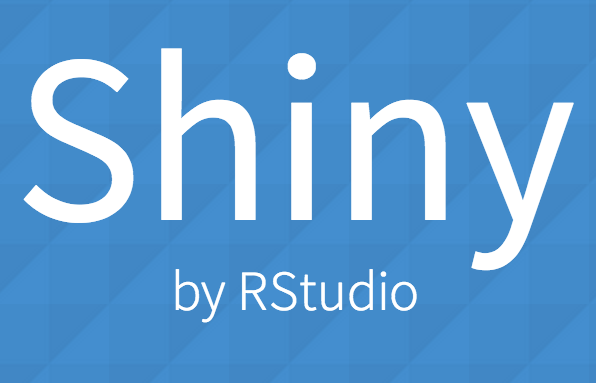This code defines the user interface (UI) for a Shiny app that displays a 3D plot. Shiny is an R package that makes it easy to build interactive web applications with R. The UI is defined using the shinyUI() function, which takes a single argument: a layout function that describes the structure of the UI. In this case, the pageWithSidebar() function is used to create a layout with a sidebar panel and a main panel. The sidebar panel contains two sliderInput() functions that create sliders for selecting the values of two parameters, A and R, that are used to control the 3D plot. The main panel contains a single plotOutput() function that creates an output area for the plot. When the app is run, the sliders can be used to adjust the values of A and R and the plot will update accordingly. The specific details of how the plot is generated and how it responds to changes in the slider values are not specified in this code and would need to be implemented in the app's server logic.
This code defines the server logic for a Shiny app that displays a 3D plot of a response surface. Shiny is an R package that makes it easy to build interactive web applications with R. The server logic is defined in the shinyServer() function, which takes a single argument: an anonymous function that specifies the app's behavior. The function has two arguments: input and output, which are used to access the app's input values (e.g. from slider controls) and generate its output (e.g. plots). The server logic in this code defines a single output, surfPlot, which is a 3D plot of the response surface. The plot is generated using the renderPlot() function, which takes an R expression that generates the plot as its argument. The plot is generated using the persp() function from the rsm package. This function takes several arguments that specify the details of the plot, such as the response surface model and the coordinates at which the response surface should be evaluated. In this case, the response surface model is heli.rsm, which is a previously defined object that fits a response surface to the heli data set. The coordinates at which the response surface should be evaluated are determined by the values of the input$Aslice and input$Rslice inputs, which come from the app's UI. These input values are used to calculate the coordinates x1 and x2, which are then passed to the persp() function as part of the at argument. When the app is run, the renderPlot() function will generate a 3D plot of the response surface using the persp() function. The plot will update dynamically whenever the values of input$Aslice and input$Rslice change, for example, when the user moves the sliders in the app's UI.
When the app is run ...




0 Comments:
Post a Comment